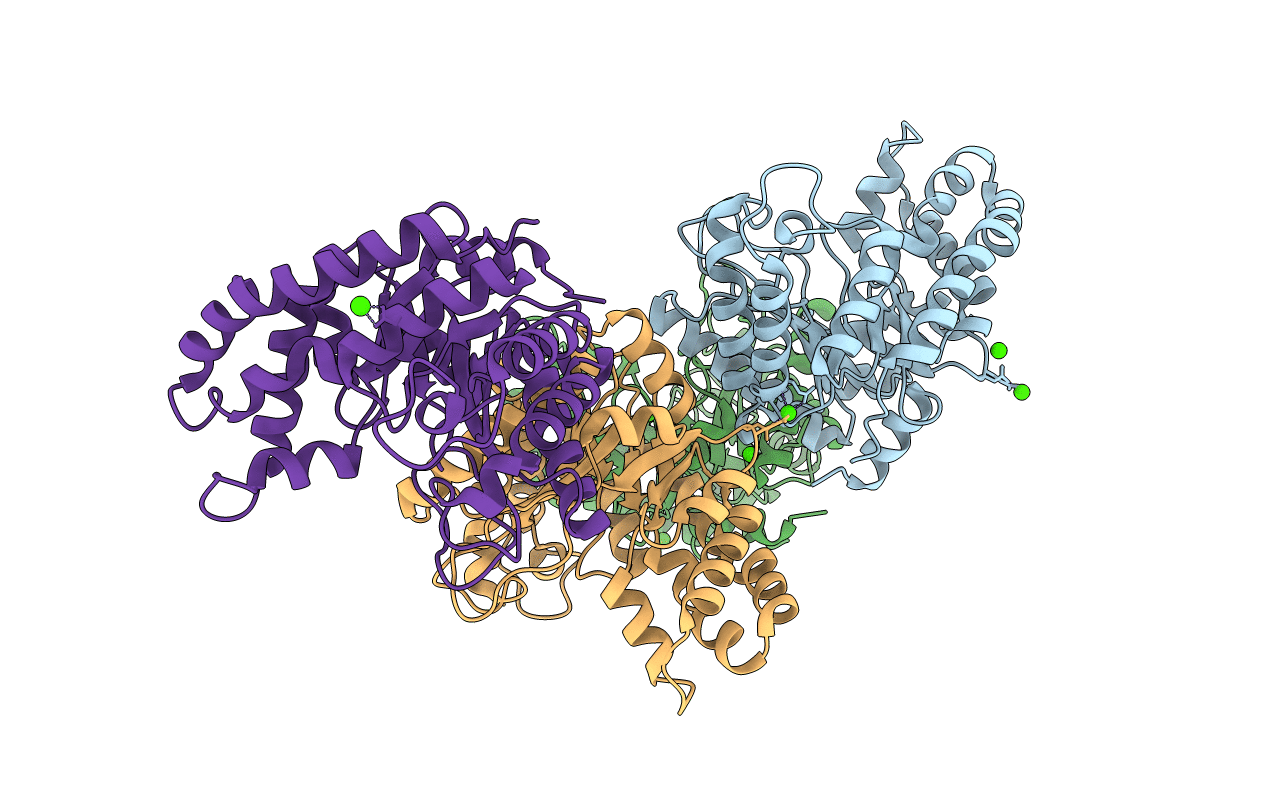
Deposition Date
2010-04-07
Release Date
2010-04-28
Last Version Date
2024-02-21
Entry Detail
Biological Source:
Source Organism:
Streptococcus pyogenes serotype M1 (Taxon ID: 301447)
Host Organism:
Method Details:
Experimental Method:
Resolution:
1.87 Å
R-Value Free:
0.21
R-Value Work:
0.16
R-Value Observed:
0.17
Space Group:
P 21 21 21


